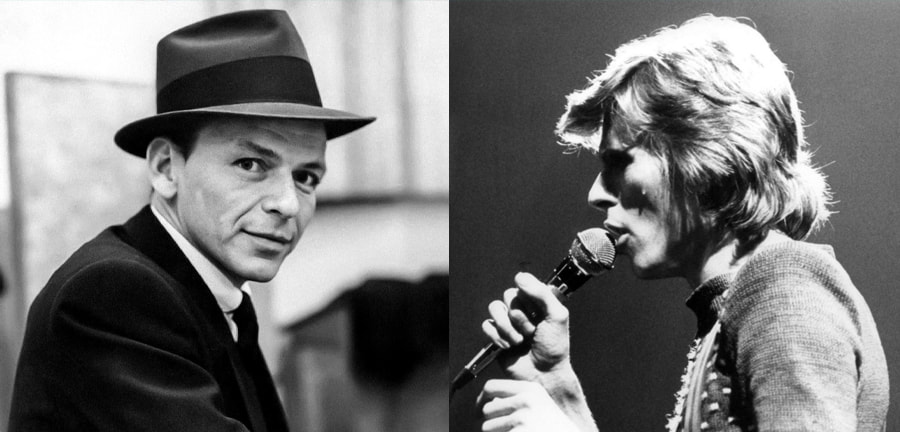Sinatra’s inestimable biographer James Kaplan continues the story:
A couple years earlier on vacation . . . Anka had heard a French pop song called “Comme d’habitude” (As usual) . . . Now he thought he could turn the melody into a Sinatra song:
I started metaphorically, “And now the end is near.” I read a lot of periodicals, and I noticed everything was “my this” and “my that” . . . And Frank became the guy for me to use to say that. I used words I never use. “I ate it up and spit it out.” But that’s the way he talked.
At least it was the way he talked when he was trying to sound tough . . . Anka thinking the new lyric was “all him,” phoned Frank: “I’ve got something really special for you.”
Sinatra had misgivings. The song “really had nothing to do with my life whatsoever,” he would later say . . . “Every time I get up to sing that song I grit my teeth, because I hate boastfulness in others. I hate immodesty, and that’s how I feel every time I sing the song.”
Still, his inner circle convinced him it could make a good single, and [on December 30, 1967], with Bill Miller conducting a forty-piece orchestra, Frank recorded “My Way” in one take.[1]
Bowie did as he was told and he titled it “Even a Fool Learns to Love,” but he was stopped dead in his tracks when Paul Anka’s English-language version by Frank Sinatra hit the airwaves.
As Bowie’s drummer Woody Woodmansey later recalled:
This had pissed David off, so he decided to write his own version, not ripping it off but using similar chord sequences. He said [his song] was about a young girl’s view of the modern world and how confusing it was. In the song she’s watching a film and unable to relate to either reality or the film. The film tells her there’s a better life somewhere—but she doesn’t have access to it.[2]
Six months later, after the commercial breakthrough of Bowie’s Ziggy Stardust persona, the Hunky Dory album became a hit, climbing to number three in the UK.
Moreover, the belatedly released June 1973 “Life on Mars” single shot to number three on the UK chart and stayed there 13 weeks. No matter how the “Life on Mars” single was thought of at the time, both public and critical opinion today is through the proverbial rock ’n’ roll roof, with some critics placing the song on all-time top 100 great lists.
Since it’s the Sinatra angle here that is of the most interest to me, one can only lament the missed opportunity by someone to have arranged a joint appearance of the two singers on a national TV show. Saturday Night Live? The Tonight Show?
Ziggy Stardust could have sung “My Way” and Ol’ Blue Eyes “Life on Mars.” Now that would have been something.
- James Kaplan, Sinatra: The Chairman (New York: Anchor Books, 2015), 779.
- Woody Woodmansey with Joel Mciver, Spider from Mars: My Life With Bowie (New York: St. Martin’s Press, 2017), 101–102.
Photo credits: Frank Sinatra, 1957, Capitol Records; David Bowie, 1974, ABC Television.




 RSS Feed
RSS Feed